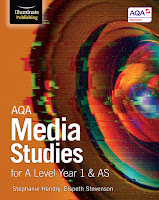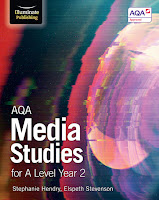The key notes on representation:
- Representation is the process by which the media presents the ‘real world’ to an audience.
- Media texts are artificial, constructed versions of reality
- Even factual media – such as news – goes through processes of selection, organisation and editing that shapes its content
- How are particular people and groups represented in the media? How and why are stereotypes created?
- Why are certain social groups – in both a national and global context – under-represented or misrepresented?
Mediation
Media texts are a construction of reality, and play an important role in the way we view the world.
Reality is therefore subject to mediation which is the process that takes place when a media text’s meaning is created.
When mediation takes place, an institution, individual or even technology comes between the actual event and the audience.
Stereotypes
Media messages have to be communicated quickly which often means relying on stereotypes. Stereotypes work as a kind of shorthand where a word, image or sound will stand for a lot more.
A stereotype is a standardised, usually oversimplified mental picture or attitude towards a person, group, place or event.
Stereotypes act like codes that give audiences a quick, common understanding of a person or group of people—usually relating to their gender, class, ethnicity or race, sexual orientation, social role or occupation.
Representation: dominant or alternative?
A representation in the media will either reinforce or challenge the stereotype.
If it reinforces the stereotype, it is a dominant representation.
If it challenges the stereotype, it is an alternative representation.
Representation: Blog task
Watch the trailer for Taken and complete the following tasks:
Create a new blogpost called 'Introduction to Representation' and embed the Taken trailer in the post.
1) List the different people/groups represented in the trailer (men/women/Americans etc.)
2) For each group you identify, decide whether the representation is a dominant or alternative portrayal. Explain why you think this.
3) What stereotypes can you identify in the trailer?
4) Why might the Taken trailer offend or alienate certain groups?
5) Why do mainstream film and television texts such as Taken so often use stereotypes?
Complete for homework if you don't complete it in the lesson - due next lesson.




